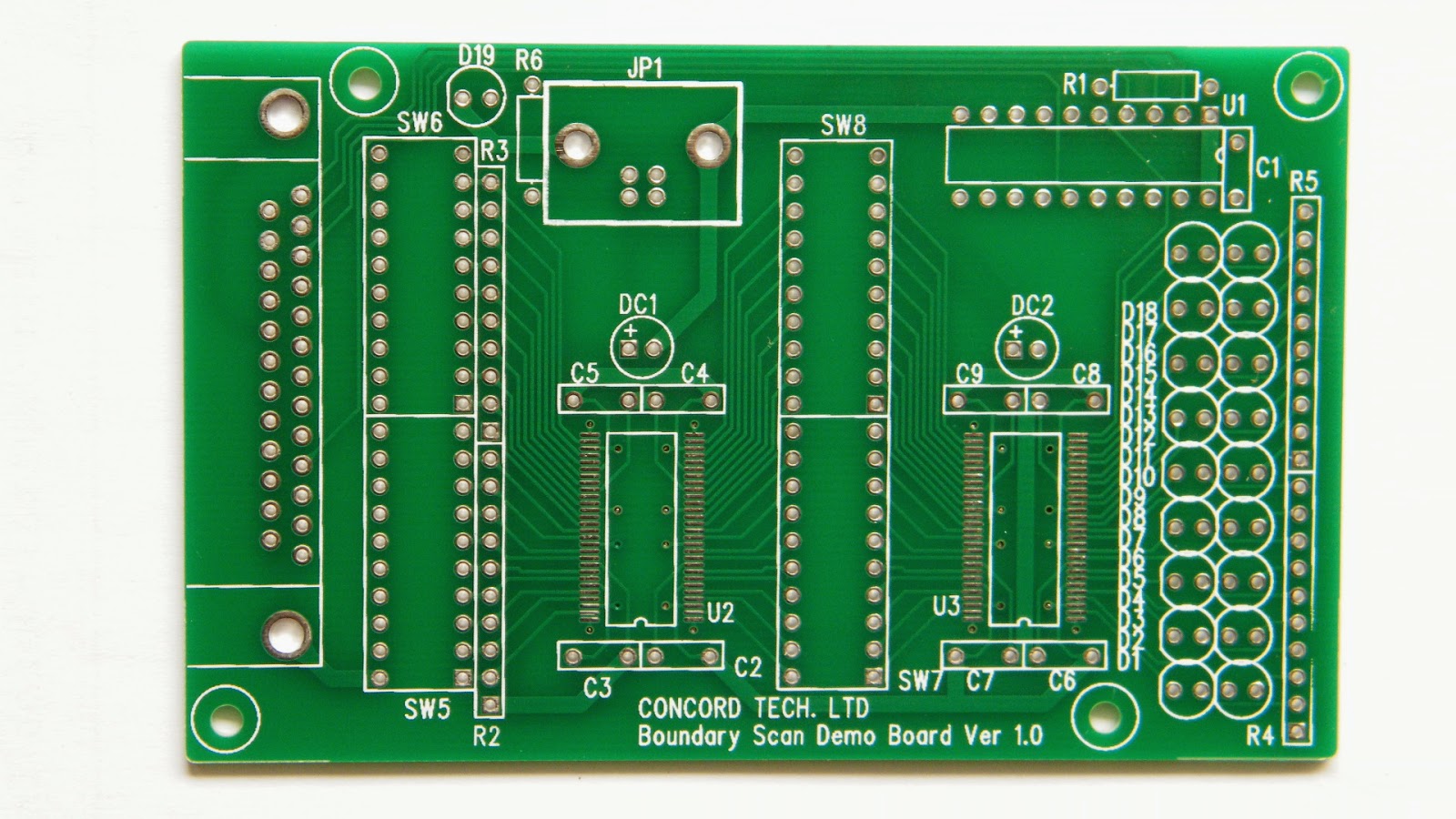Many PCB new purchasers may
don’t know clear about the PCB price components. This article will introduce briefly
about the basic component of PCB cost. Also the cost may be different for the
same specification and material from different manufacturers. Many factors will
influence the final cost of PCB board. Here we will discuss some basic part.
1. Base material
1) Base material type.FR-4 is our most commonly used for single sided board, double sided PCB and
multi-layer PCB. The cost depends on the thickness of board and copper foil.
While the CEM-3, FR1, CEM-1, FR2…are frequently used in single layer board. The
cost usually will be cheaper than FR4.
2) Base material
thickness. Common thickness 0.4mm,0.6mm,0.8mm,1.0mm,1.2mm,1.5mm,1.6mm,2.0mm,2.4mm,3.0mm,3.4mm.
Too thin or too thick is not applied frequently, the cost will be higher than
standard.
3) Copper foil thickness. Frequent requirement is18um (0.5oz), 35um
(1oz), 70 (2 oz), 105um (3oz), 140um (4oz) and so on. Usually,
the thicker copper, the higher circuit boards cost.
4) Base material supplier. Widely
used manufacturers are Shengyi\KB\Gouji\ITEQ and so on. The cost differs from manufacturers.
Sometimes the cost difference should be not big for the
same frequently used brand.
5) Special requirement such as
high Tg, halogen
free, Aluminum
Base, High
frequency
2. Manufacture
procedure
1) PCB line
width and space smaller than such as 4/4mm, the
price will be counted extra.
2) The board with BGA, the cost will rise. Some PCB
manufacturers add the cost by quantity of BGA.
3) Surface finishing. The most frequently
used is Hot Air Level (HASL), OSP (RoHs green board), Immersion tin, Immersion silver, Immersion gold etc. Different surface
finishing will with different cost.
4) Technology/inspection standards. IPC 2 standard, IPC 3 standard,
enterprise standard, military standard, the
higher standard, the higher cost.
3. Another is the shape of the PCB. Usually use
CNC in milling the PCB profile. But if the shape is complex, need to make by
mould. There will be mould cost.
To summarize the above, the
basic factors to affect the price of Circuit board as follows:
1.PCB size
2.PCB layers
3.Surface treatment (Immersion gold,Lead free HAL, OSP ...)
4.Quantity
5.PCB material (normal FR4, Rogers, PTFE ...)
1.PCB size
2.PCB layers
3.Surface treatment (Immersion gold,Lead free HAL, OSP ...)
4.Quantity
5.PCB material (normal FR4, Rogers, PTFE ...)
Also there are other factors will cause
cost arise:
1. Small conductor
line width and space
2.Too many holes/vias quantity
3 .Small apertures
2.Too many holes/vias quantity
3 .Small apertures
4. Mould
needed
5. Tight tolerances
6. Small circuit board thickness aperture ratio
7.Special requirements (board thickness too thin or too thick, copper plating, package...)
5. Tight tolerances
6. Small circuit board thickness aperture ratio
7.Special requirements (board thickness too thin or too thick, copper plating, package...)


